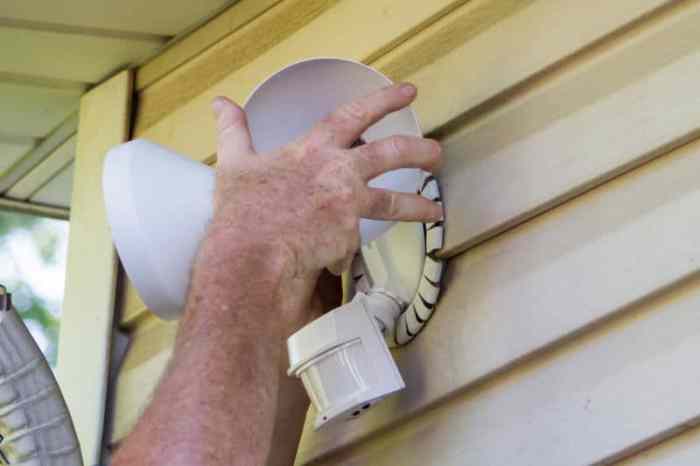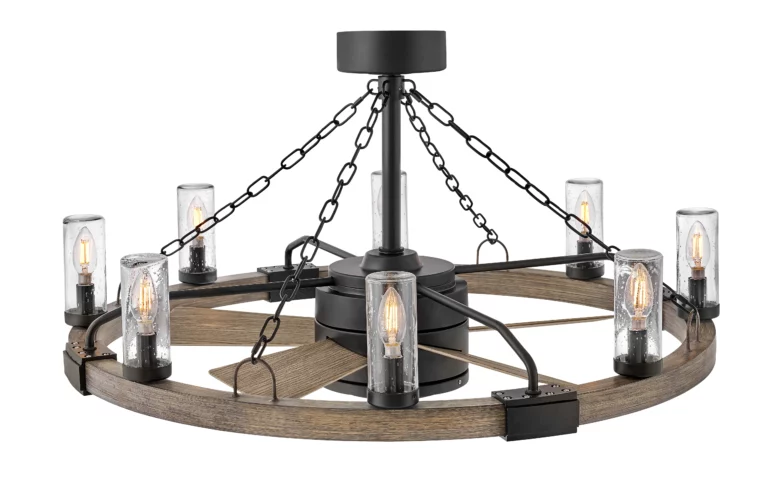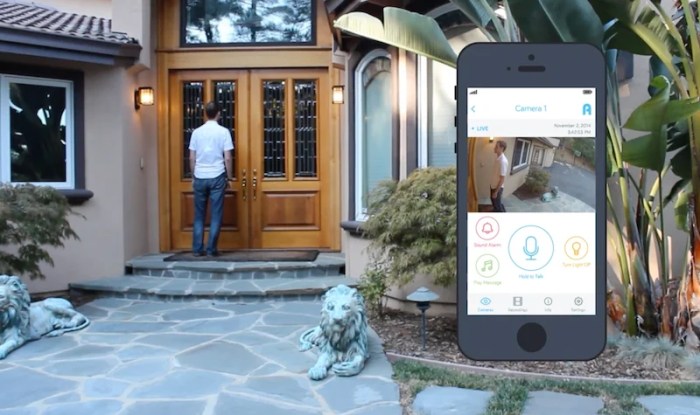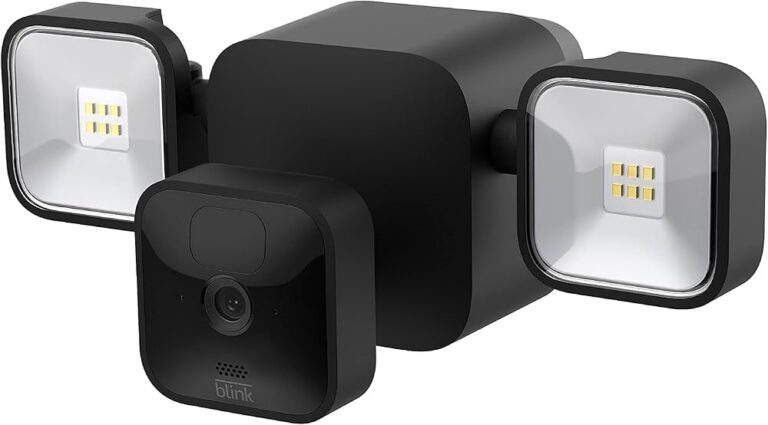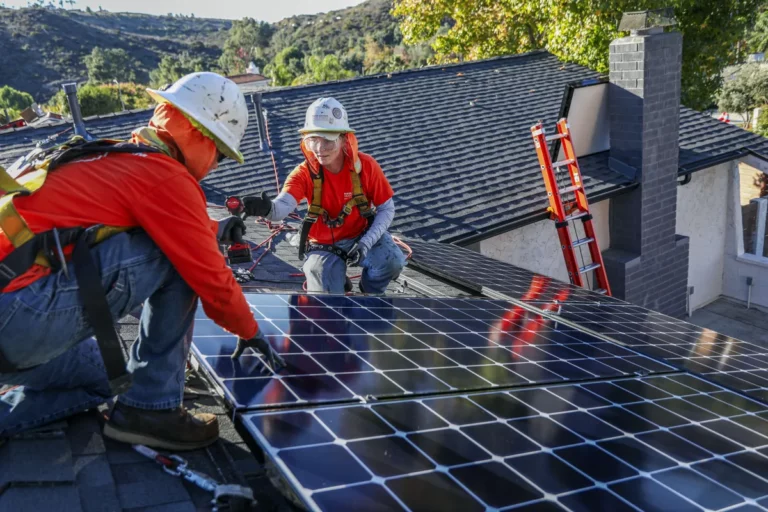Solar Security Solutions Protecting Your Investment
Solar security solutions are crucial for safeguarding your valuable solar energy investment. From protecting your panels and inverters to ensuring grid stability and cybersecurity, a robust security strategy is paramount. This comprehensive overview delves into the multifaceted aspects of solar security, examining various threats and providing actionable solutions.
Protecting your solar panels, inverters, and grid connections is essential. This involves physical security measures, such as alarms and barriers, as well as understanding vulnerabilities and implementing robust protocols. Cybersecurity is also increasingly important, as smart solar systems become more prevalent.
Solar Panel Protection
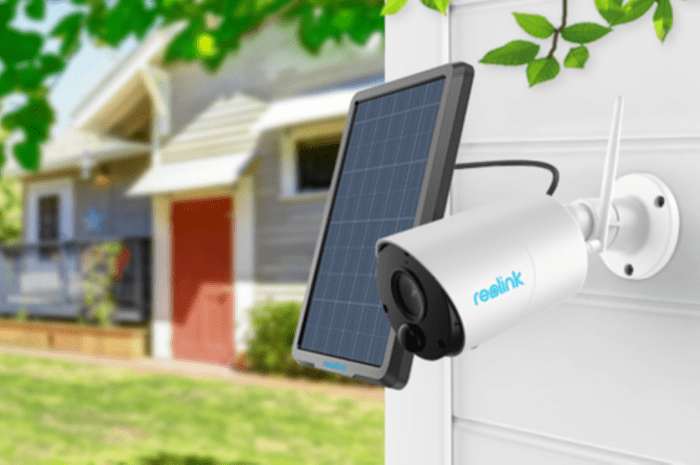
Source: jaxtr.com
Protecting solar panel installations from theft and damage is crucial for maximizing return on investment and ensuring the longevity of the system. Proper security measures not only deter criminals but also safeguard against accidental damage, contributing to a more reliable and sustainable energy source.
Effective security strategies for solar panels involve a multi-faceted approach encompassing physical barriers, advanced alarms, and proactive surveillance. A comprehensive security plan addresses both the inherent value of the panels and the potential for environmental damage to the system, promoting long-term sustainability.
Methods for Preventing Solar Panel Theft
Preventing solar panel theft requires a combination of deterrents and proactive measures. Implementing visible security systems like well-maintained fences, lighting, and security cameras significantly deters potential thieves. Furthermore, registering the solar panel system with local authorities and employing tracking technologies enhances the chances of recovery if panels are stolen. Robust property marking and documentation are also important elements of a comprehensive approach.
Security Systems for Solar Panel Installations
Various security systems can be integrated into solar panel installations, each with varying levels of effectiveness and cost. Physical barriers, such as sturdy fences or walls, create a formidable first line of defense against unauthorized access. Alarms, triggered by movement or tampering, provide immediate alerts, often coupled with notification systems for prompt response. Surveillance systems, including cameras and sensors, allow for real-time monitoring and provide crucial evidence in the event of theft or damage.
Examples of Successful Solar Panel Security Measures
Numerous successful examples exist across diverse climates and environments. In arid regions, perimeter fencing combined with motion-activated lighting effectively discourages trespassers. In urban areas, security cameras coupled with neighborhood watch programs enhance surveillance and community involvement. Remote monitoring systems are increasingly popular, providing real-time alerts and remote access for homeowners, even in rural areas with limited internet connectivity.
Comparative Analysis of Solar Panel Security Solutions
| Security Solution | Effectiveness | Cost | Suitability |
|---|---|---|---|
| Perimeter Fencing | High (deterrent) | Medium | Suitable for most installations |
| Motion-activated Alarms | Medium (immediate alert) | Low to Medium | Adds a layer of security |
| Security Cameras | High (evidence gathering) | Medium to High | Provides a visual deterrent and evidence |
| Remote Monitoring Systems | High (real-time monitoring) | High | Suitable for remote or valuable installations |
| GPS Tracking | High (recovery potential) | Medium | Increases chances of recovery |
Note: Effectiveness and cost are relative and may vary based on specific installation details and local conditions.
Solar Inverter Security
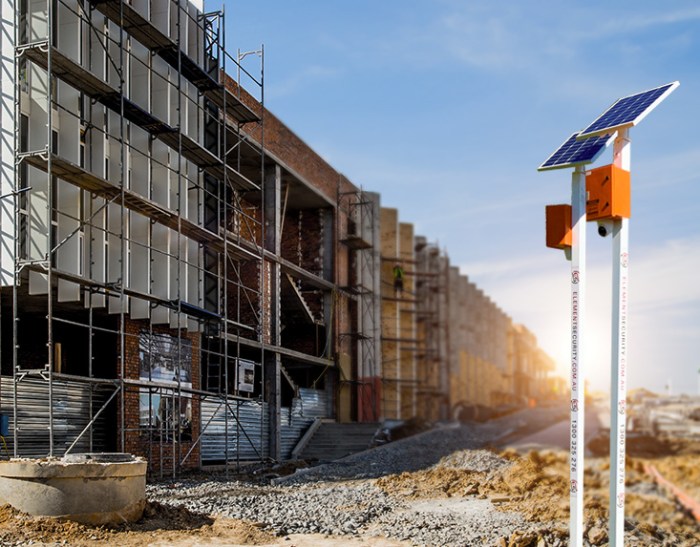
Source: com.au
Solar inverters are critical components in solar energy systems, converting DC power from solar panels into AC power usable by homes and businesses. Protecting these inverters from unauthorized access, damage, and malicious attacks is paramount for system integrity and reliability. Robust security measures are essential to ensure the continued functionality and safety of the entire system.
Solar inverters, despite their crucial role, are susceptible to various vulnerabilities. These vulnerabilities, if exploited, can lead to significant financial losses, system downtime, and potential safety hazards. Understanding these vulnerabilities is the first step towards implementing effective security protocols.
Importance of Inverter Security
Inverters are the heart of a solar energy system. They convert direct current (DC) electricity from the panels into alternating current (AC) electricity used in homes and businesses. Any compromise to their security jeopardizes the entire system’s efficiency and safety. Security breaches can lead to significant financial losses due to decreased energy production, repairs, or replacements. Further, malicious attacks can cause safety risks.
Security Vulnerabilities of Solar Inverters
Solar inverters are susceptible to a variety of security threats. These vulnerabilities can be categorized into several areas:
- Unauthorized Access: Physical access to the inverter allows for tampering, theft of components, or installation of malicious hardware. This physical access could also be facilitated through compromised security systems that control access to the property.
- Malicious Software: Cyberattacks targeting the inverter’s firmware or communication channels can disrupt its operation, steal data, or introduce malicious code. This could compromise the entire system’s security and data privacy.
- Power Quality Attacks: Intentional manipulation of the power grid or the inverter’s input can cause damage to the inverter or disrupt its operation. This is especially relevant in interconnected systems.
- Data Breaches: Inverters that connect to the internet are susceptible to data breaches, where attackers could gain access to sensitive information or control the system remotely. This is a critical vulnerability in smart inverters.
Security Measures for Solar Inverters
Protecting solar inverters requires a multi-faceted approach. These measures should be tailored to the specific inverter model and the security requirements of the installation.
- Physical Security: Protecting the physical access to the inverter with robust enclosures, security cameras, and access controls. This is critical to deterring unauthorized physical access and theft.
- Network Security: Implementing strong network security protocols, such as firewalls and intrusion detection systems, to prevent unauthorized access to the inverter’s communication channels. This will protect against cyberattacks targeting the inverter’s network connections.
- Firmware Updates: Regularly updating the inverter’s firmware with security patches to address known vulnerabilities. This is a proactive approach to ensure the system is up-to-date with the latest security measures.
- Monitoring and Alert Systems: Setting up monitoring systems that track the inverter’s performance and identify potential anomalies. Alert systems will notify of any irregularities, allowing for rapid response to security incidents.
Security Protocols for Different Inverter Types
The following table presents Artikels’ security protocols for different types of solar inverters, highlighting specific considerations for each.
| Inverter Type | Physical Security | Network Security | Firmware Updates | Monitoring |
|---|---|---|---|---|
| String Inverters | Enclosures, perimeter security | Firewall, intrusion detection | Regular firmware updates | Monitoring for voltage fluctuations, current issues |
| Microinverters | Enclosure, security systems | Network segmentation, access controls | Frequent firmware updates | Monitoring individual micro-inverter performance |
| Central Inverters | Robust enclosures, access controls | Advanced firewall configurations | Scheduled firmware updates | Centralized monitoring dashboards |
Grid-Connected Solar Security
Grid-connected solar systems, while offering convenience and integration with the existing power grid, present unique security concerns that differ from off-grid systems. Understanding these concerns and implementing appropriate security measures is crucial for protecting the system’s components and ensuring reliable operation.
Grid-connected solar systems rely on the integrity of the power grid, which can be vulnerable to various disruptions. These disruptions can range from localized outages to widespread blackouts, potentially causing damage to solar inverters and other system components. This contrasts with off-grid systems, which are generally less susceptible to grid-related issues but often require more sophisticated backup solutions.
Specific Security Concerns of Grid-Connected Systems
Grid-connected solar systems are susceptible to power surges, voltage fluctuations, and grid instability. These issues can lead to damage of sensitive electronics, including inverters and monitoring equipment. Additionally, malicious actors might exploit vulnerabilities in the grid connection to disrupt the system or steal energy.
Comparison of Security Measures
| Feature | Grid-Connected Systems | Off-Grid Systems |
|---|---|---|
| Grid Dependency | Highly dependent on grid stability. | Independent of the grid. |
| Security Focus | Protecting against grid-related disruptions, cyberattacks, and theft. | Protecting against theft, vandalism, and environmental damage. |
| Backup Systems | May require backup power sources to maintain operation during grid outages. | Often include backup batteries or generators. |
| Monitoring | Monitoring grid parameters and system performance is crucial. | Monitoring system performance and battery levels is critical. |
Potential Risks and Vulnerabilities in Grid Connection Points
Grid connection points are critical entry and exit points for energy flow. These points are vulnerable to:
- Malicious tampering: Unauthorized access to the grid connection can lead to theft of energy or damage to the system.
- Power surges and fluctuations: These issues can damage the inverter and other connected components. For example, a lightning strike on a utility pole can create a power surge that travels through the grid and into the solar system.
- Grid instability: Widespread grid outages can damage equipment, as seen in instances of severe weather events causing blackouts and subsequent damage to solar systems.
Recommended Security Measures for Grid-Related Disruptions
Implementing robust security measures is crucial for preventing grid-related disruptions to solar systems. These measures include:
- Surge protection devices (SPDs): These devices protect sensitive components from voltage spikes. Properly installed SPDs are essential to safeguard against damage from surges.
- Grounding systems: Adequate grounding systems ensure that any stray electrical current is safely discharged into the earth. This is vital for protecting against lightning strikes and other electrical hazards.
- Monitoring and diagnostics: Real-time monitoring of grid parameters and system performance helps identify potential issues and allows for proactive intervention. Monitoring software provides alerts for abnormal grid behavior and can detect early signs of potential damage.
- Regular maintenance: Routine maintenance of the grid connection and related components can help prevent potential issues. This includes checking connections, tightening wires, and inspecting components for damage.
- Cybersecurity measures: Implementing strong cybersecurity measures for the monitoring system and network connections is crucial to prevent unauthorized access and data breaches. Regular software updates and strong passwords are important security measures.
Cybersecurity for Solar Systems
Smart solar systems, integrating digital components for monitoring and control, introduce new vulnerabilities. This increasing reliance on technology necessitates robust cybersecurity measures to protect against malicious actors targeting these systems. The potential consequences of successful cyberattacks range from data breaches to system disruption, impacting energy production and potentially causing significant financial losses.
The growing interconnectedness of solar systems with the internet and other networks exposes them to a wider range of cyber threats. Malicious actors may exploit vulnerabilities in software, hardware, or communication channels to gain unauthorized access and control. These threats can be particularly concerning given the critical role of solar systems in the energy sector.
Potential Cyberattacks on Solar Systems
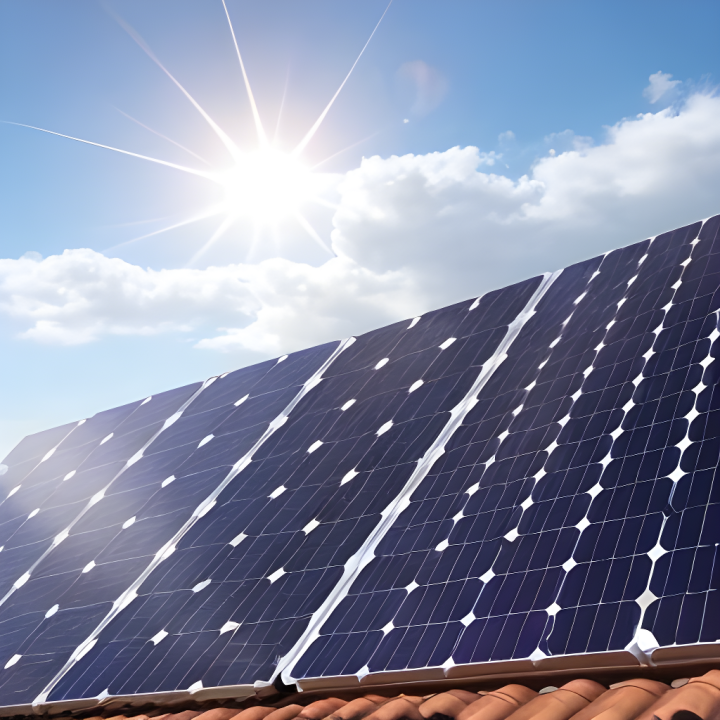
Cyberattacks targeting solar energy infrastructure can manifest in various ways. Unauthorized access to monitoring systems can lead to manipulation of operational parameters, impacting energy generation and distribution. Disrupting communication channels between components can halt system functions, resulting in reduced energy output. Data breaches can compromise sensitive information, including customer data, financial records, and system configurations. Denial-of-service attacks can overload systems, rendering them unusable.
Data and Communication Channel Protection, Solar Security Solutions
Implementing robust security measures for data and communication channels is crucial. Regular software updates for all components of the solar system are vital in mitigating known vulnerabilities. Employing strong encryption protocols for data transmission ensures that sensitive information remains confidential. Restricting access to sensitive areas through strong authentication methods, such as multi-factor authentication, prevents unauthorized access. Utilizing intrusion detection and prevention systems can detect and block malicious activities in real-time.
Implementing Strong Passwords and Access Controls

Effective access controls and strong passwords are paramount for securing solar energy management systems. Implementing complex, unique passwords for each user account, combined with the use of strong password managers, minimizes the risk of unauthorized access. Limiting access privileges to only necessary functions prevents malicious actors from performing harmful actions. Implementing a multi-factor authentication system enhances security by requiring multiple forms of verification before granting access. Regular security audits and penetration testing can identify potential weaknesses in the system’s security architecture. This proactive approach allows for the timely remediation of vulnerabilities before they are exploited.
Ultimate Conclusion: Solar Security Solutions
In conclusion, securing your solar energy system requires a multi-layered approach. By understanding the unique security concerns for solar panels, inverters, grid connections, and cybersecurity, you can proactively protect your investment and ensure the long-term reliability and efficiency of your solar energy system. A well-designed security plan will protect your system from theft, damage, and unauthorized access, ensuring peace of mind and maximizing the return on your solar investment.
